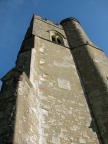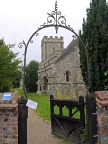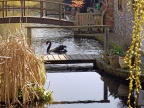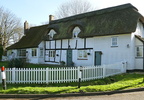41 photos
Ivinghoe village, south of Leighton Buzzard, is an important point on the Icknield Way that is claimed to be the oldest road in Britain. It is also the starting point, or end, of The Ridgeway that runs 87 miles to Wiltshire. Its buildings include fine examples of Tudor architecture. The hamlet of Ivinghoe Aston is within the parish of Ivinghoe to the north east. Most of the photographs were taken in 2022 by John Fitzgerald. Click here to see location on a map















